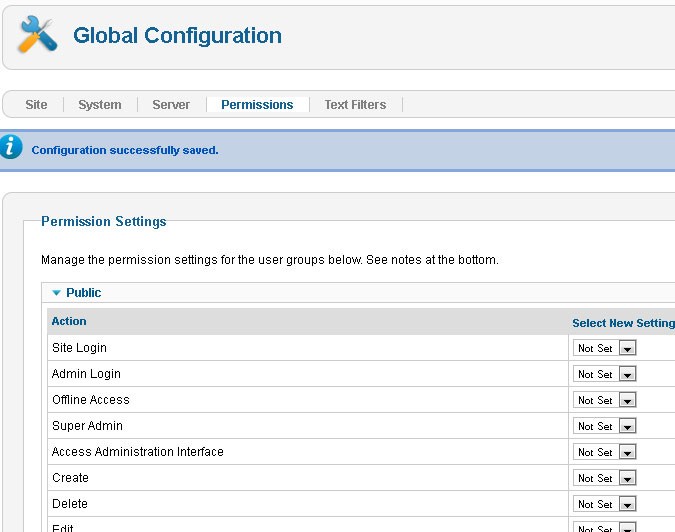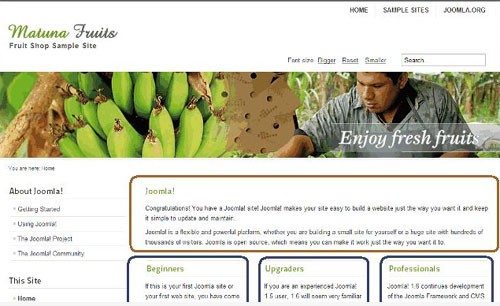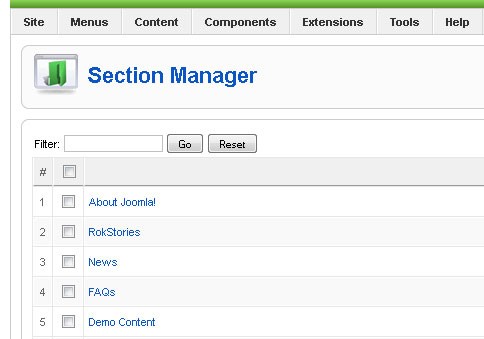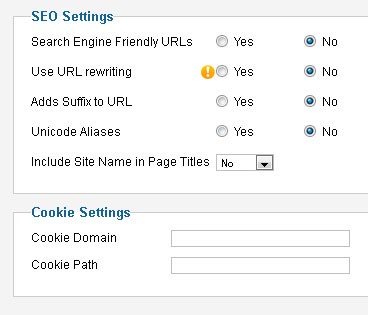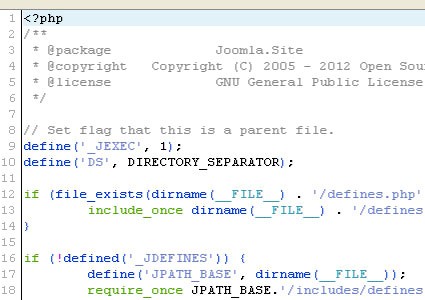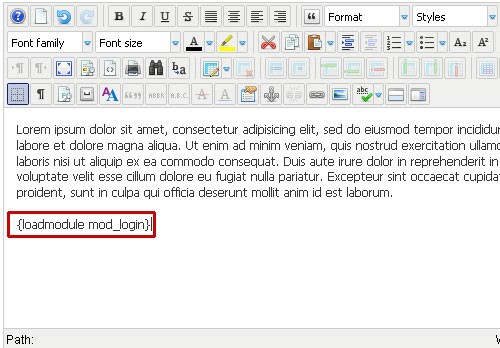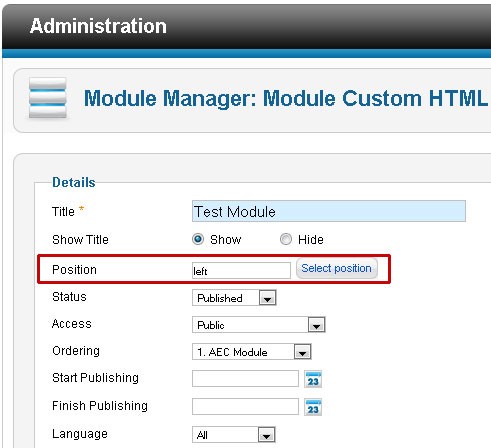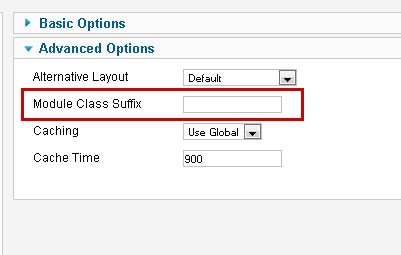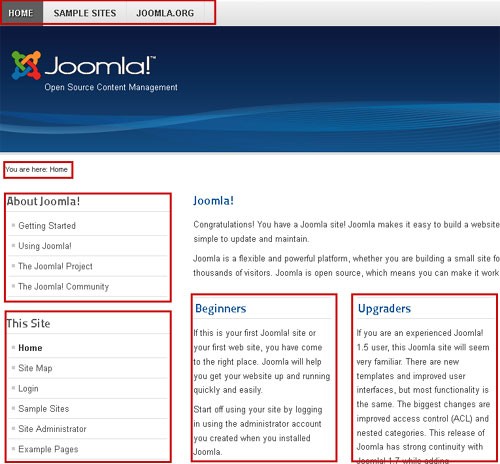- ACL (Access Control List):
- Joomla's ACL offers a way of securing content and "controlling access" to certain objects and functions within a website. There are two aspects to the ACL in Joomla, who can view things and who can do things in regards to content and various actions available to users.
Joomla's Access Control List determines things like who can see certain articles and other media published on a website as well as who can add and edit content and media. It also determines who can access the Administrator and what they can see and do while they are logged in.

